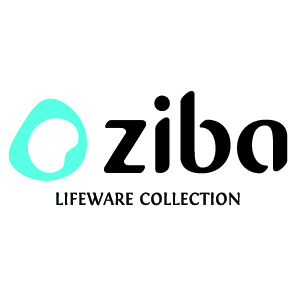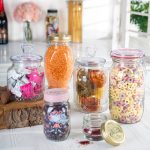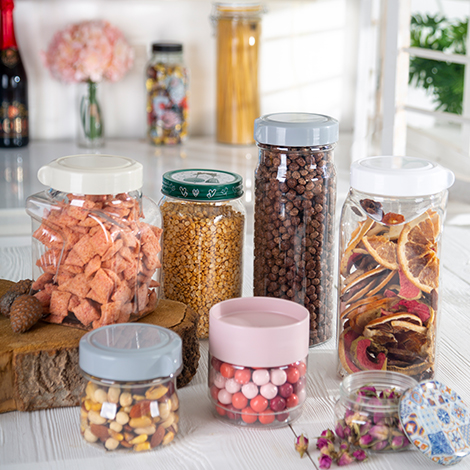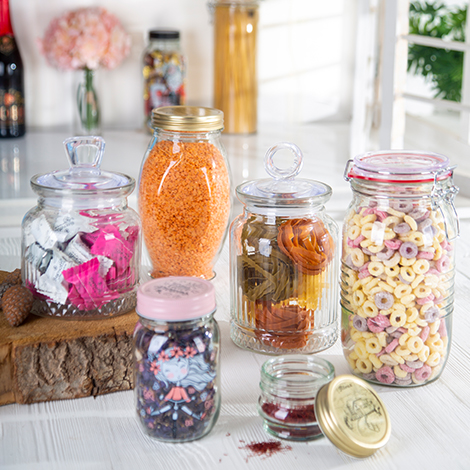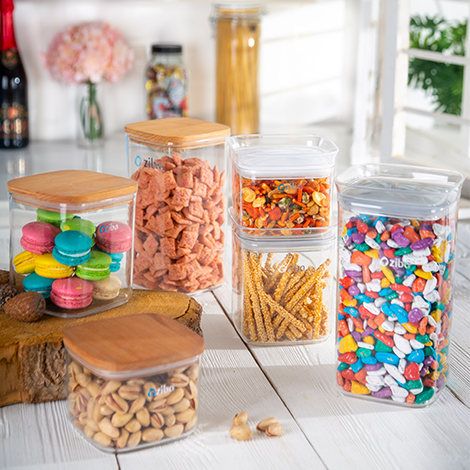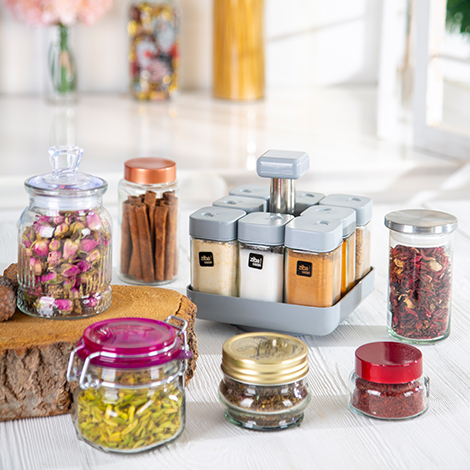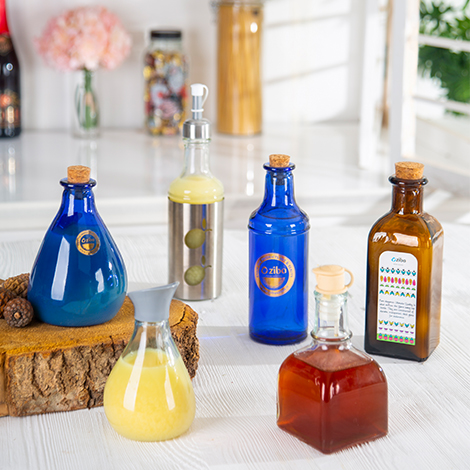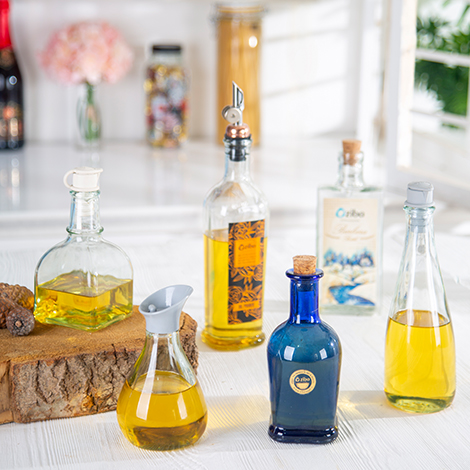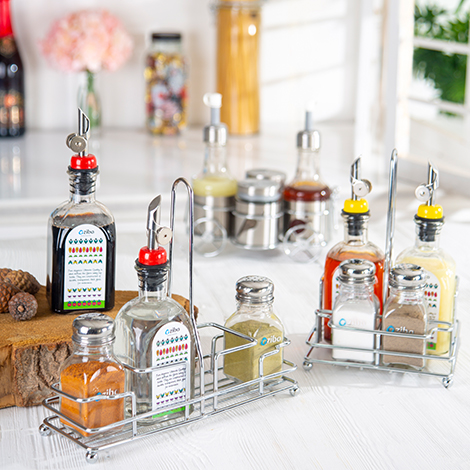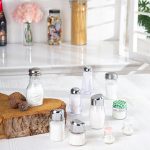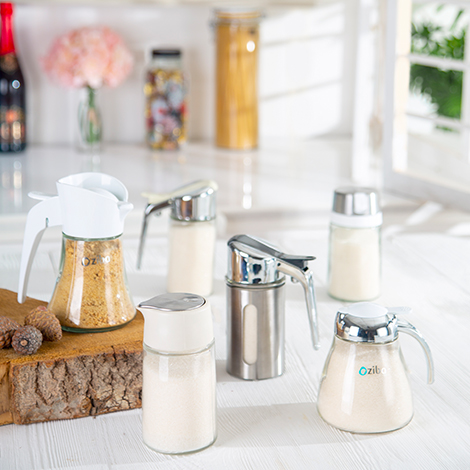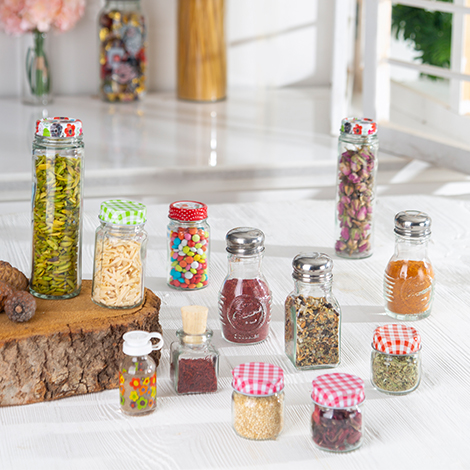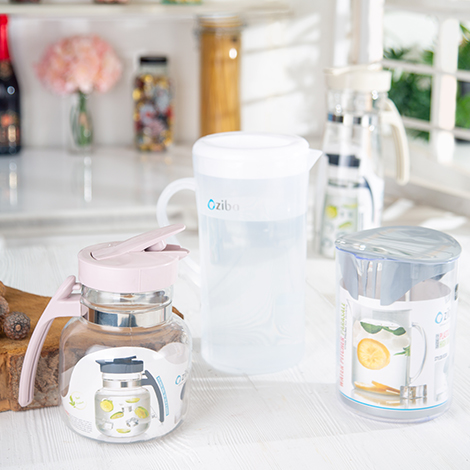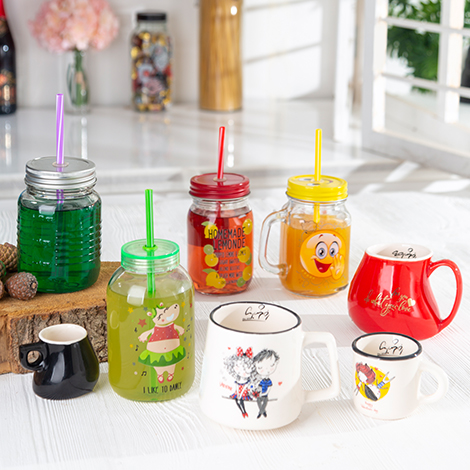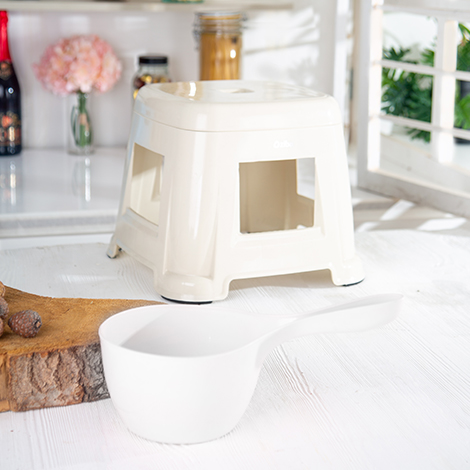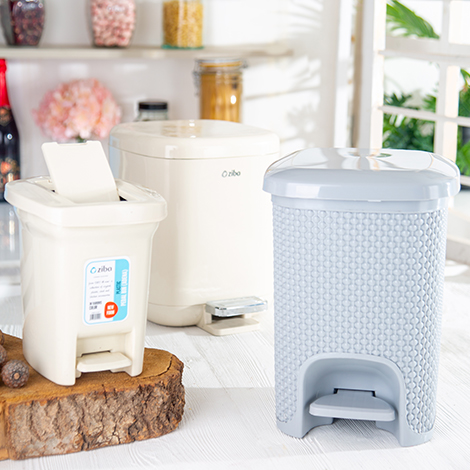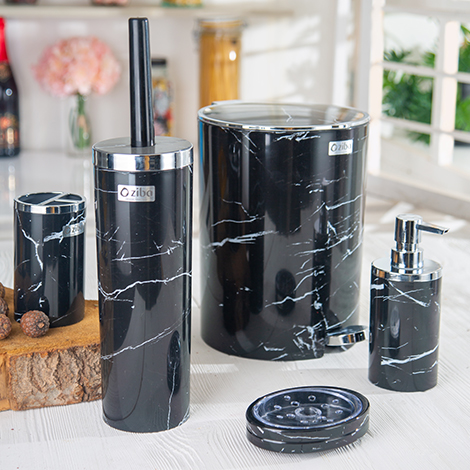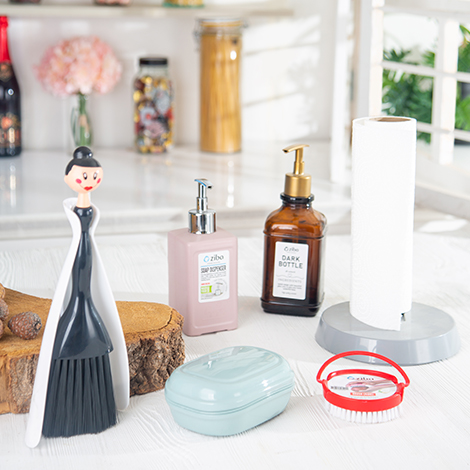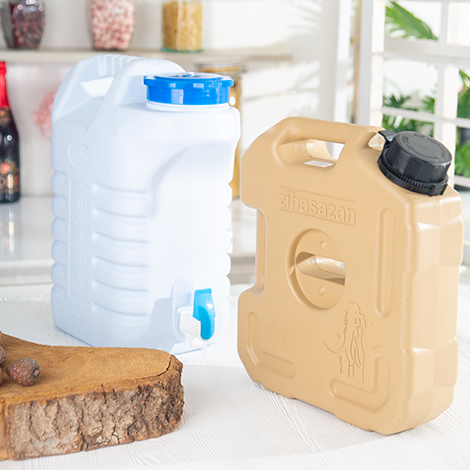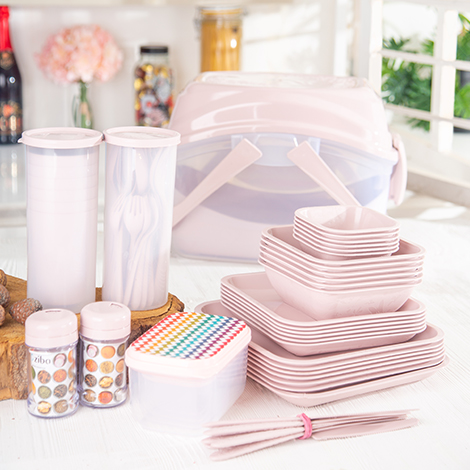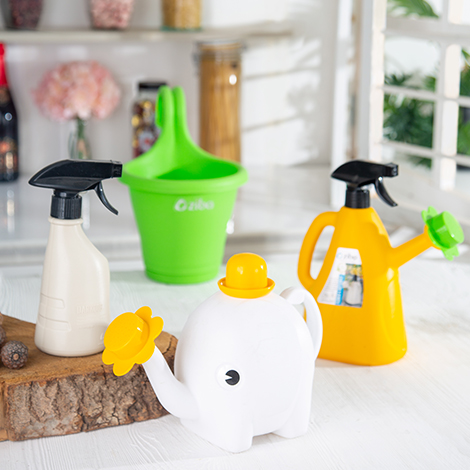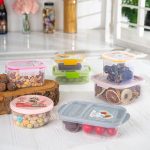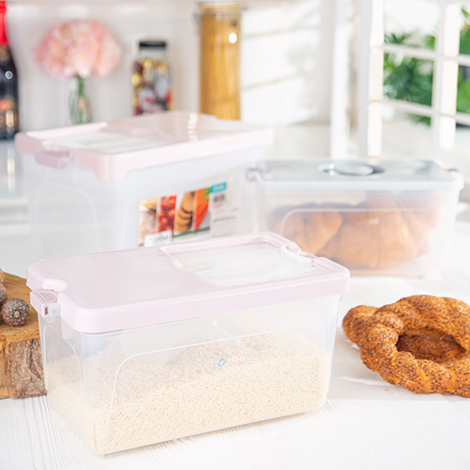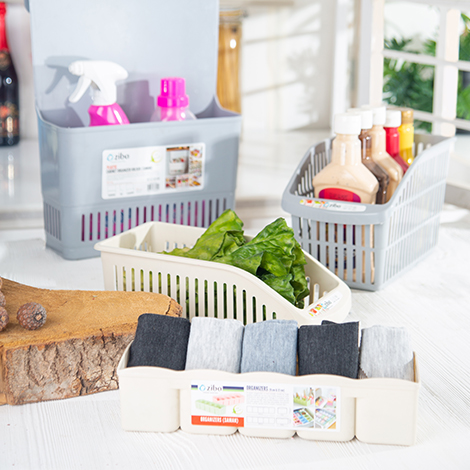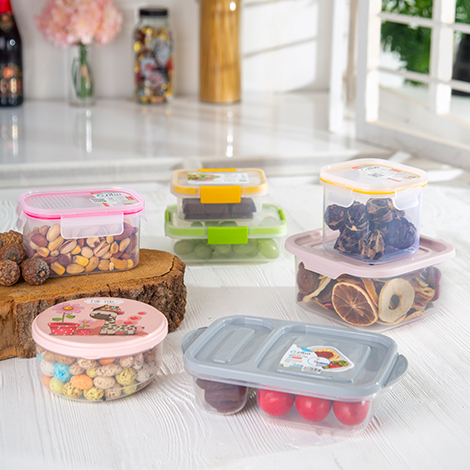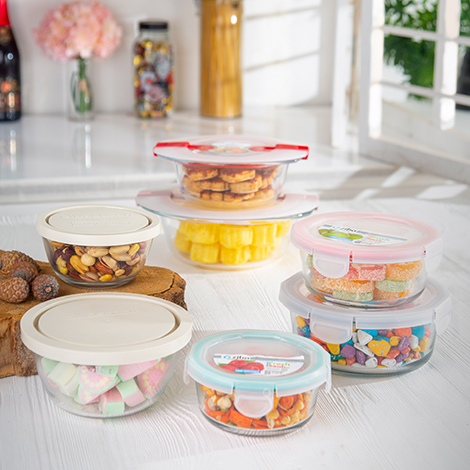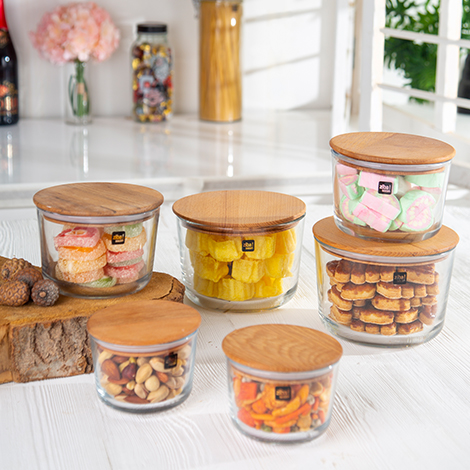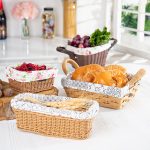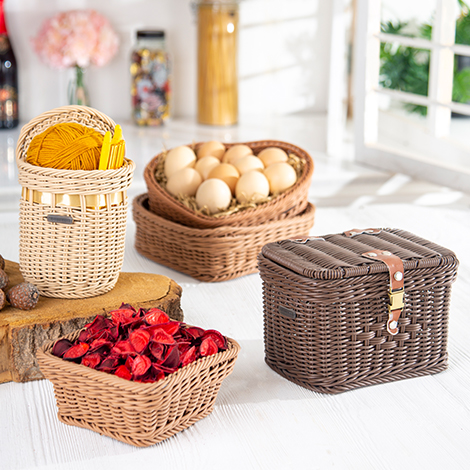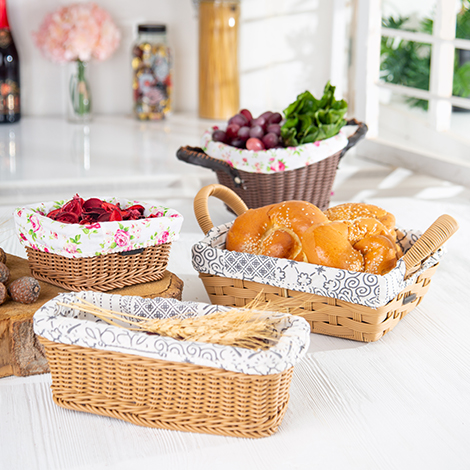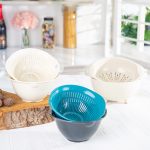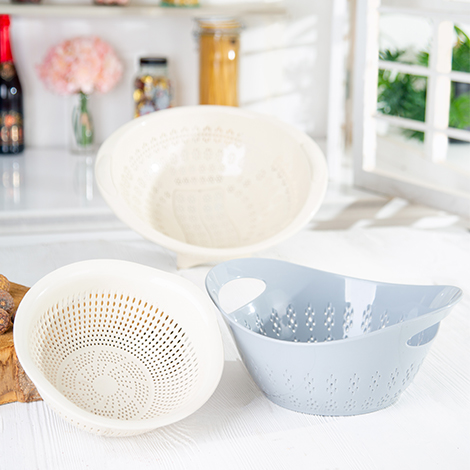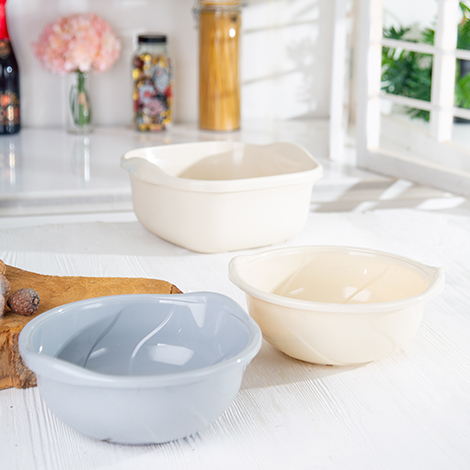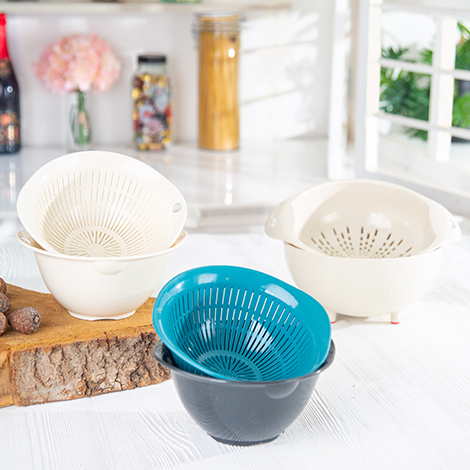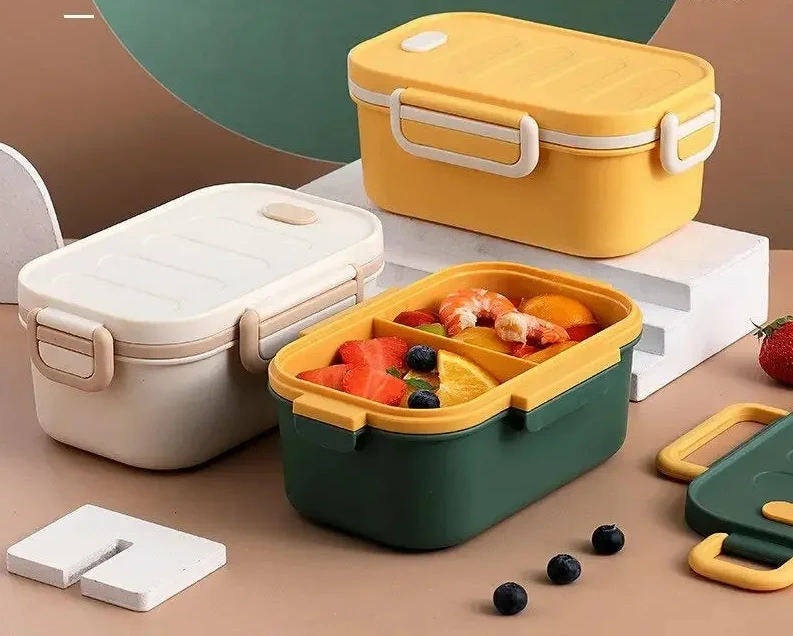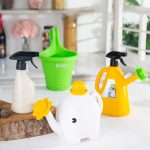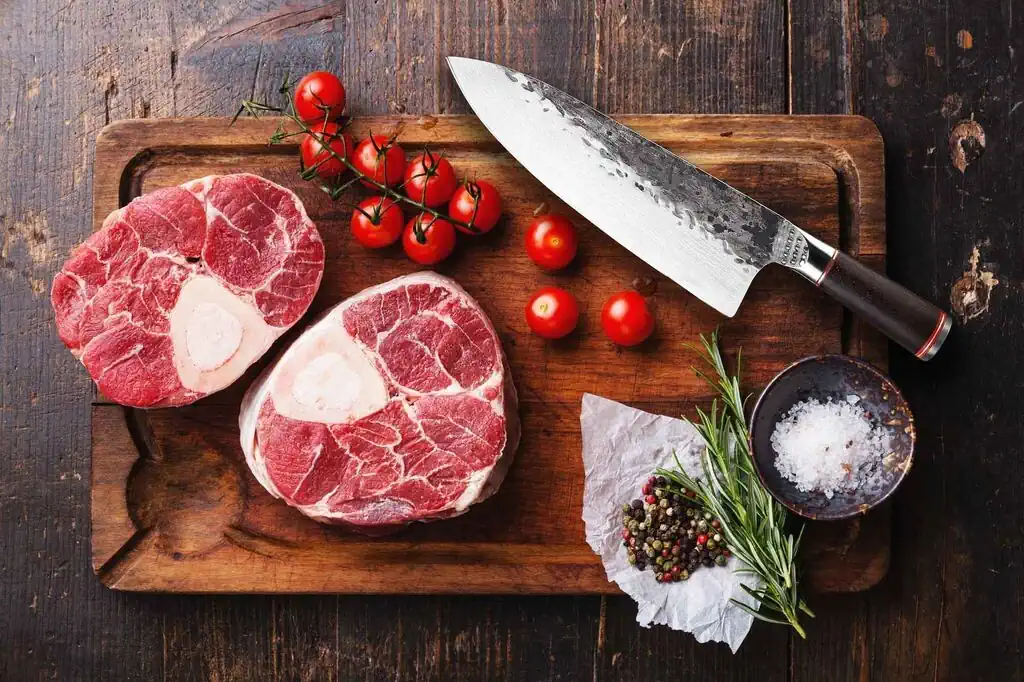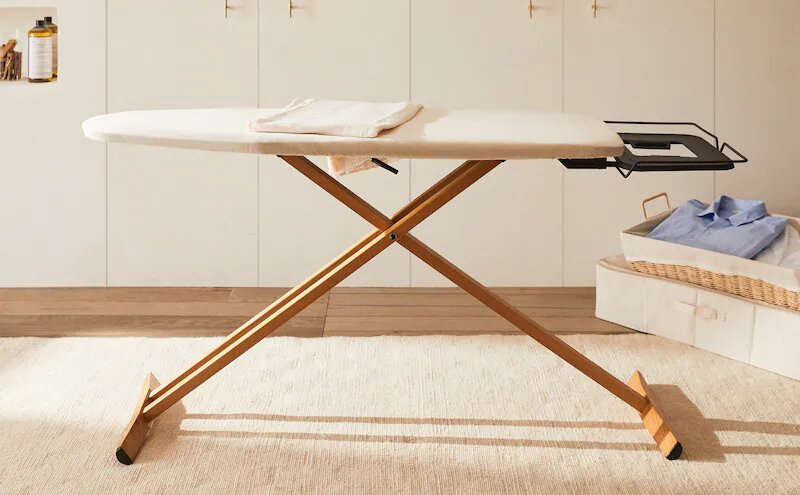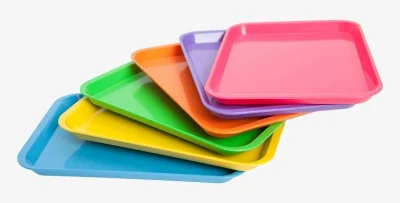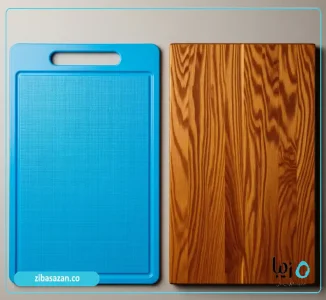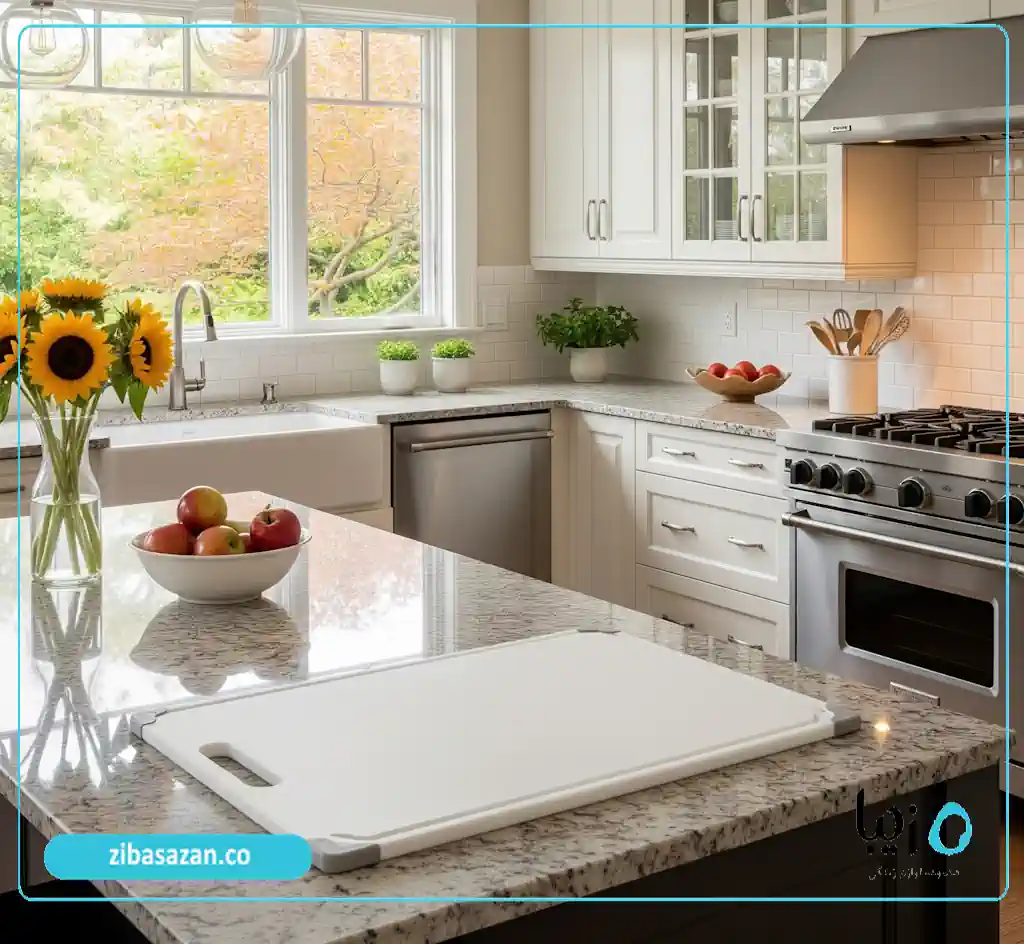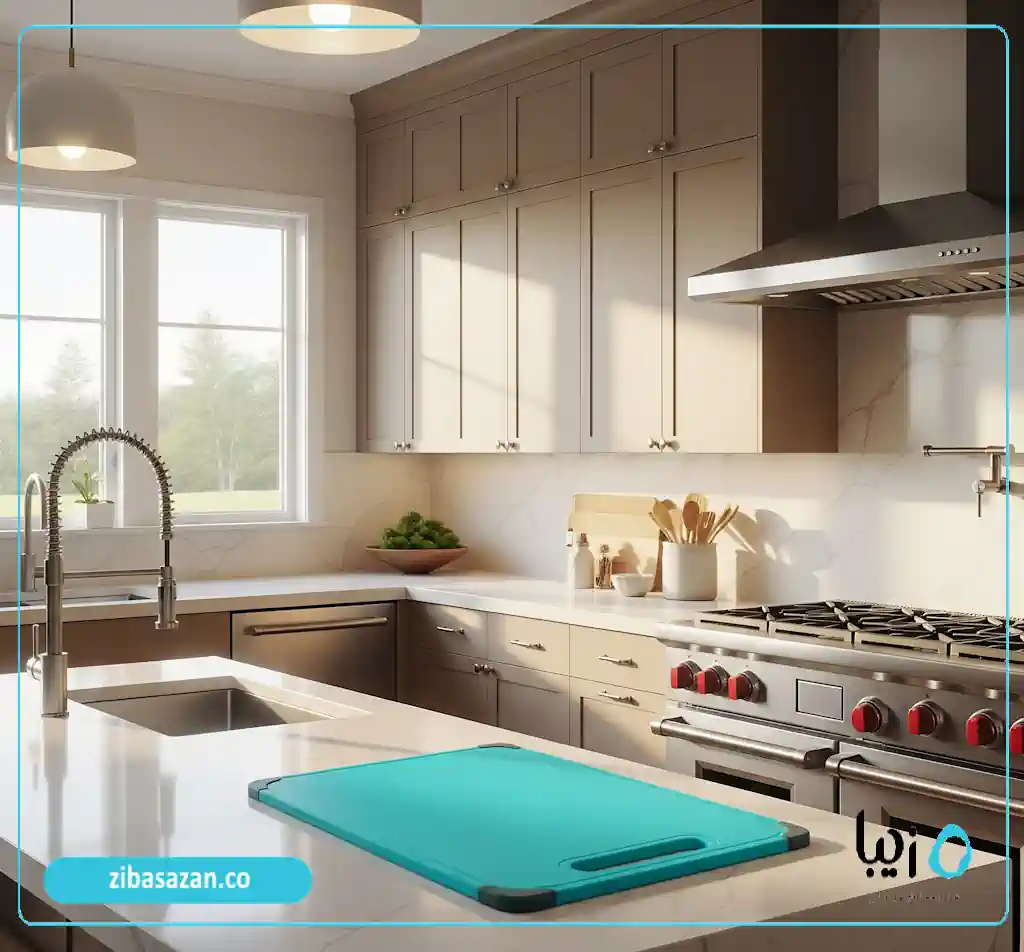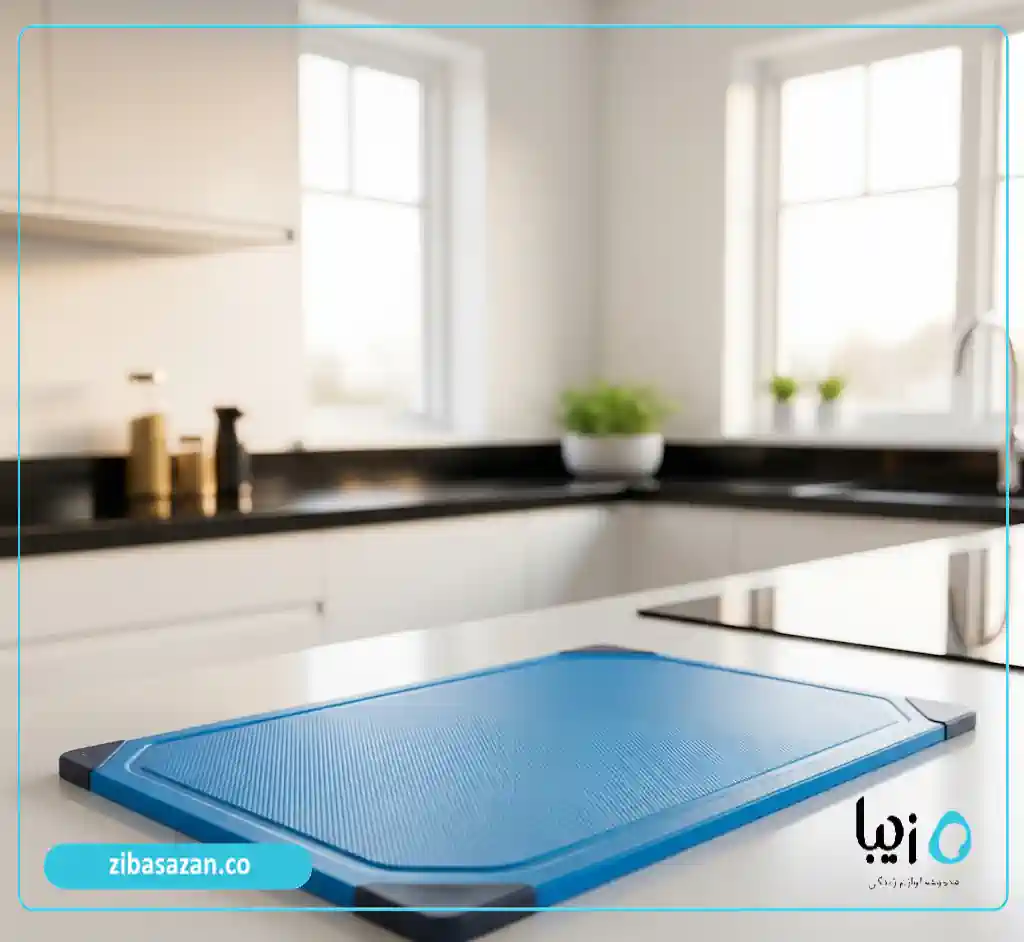The kitchen is the beating heart of every home, and the tools we use there play a major role in the safety, quality, and enjoyment of the food we prepare for our loved ones. Among these tools, the cutting board is one of the most frequently used—and most debated—items.
Whether you’re chopping meat, vegetables, bread, or anything in between, you’re likely using a cutting board daily. But have you ever stopped to consider how the material of your cutting board might affect your food’s hygiene, taste, and your knives’ durability?
Choosing between a plastic cutting board and a wooden cutting board is more than just a matter of personal preference. It can directly impact your kitchen hygiene, cooking efficiency, and even your family’s health. In this detailed guide, we’ll break down the pros and cons of each type, highlight their key differences, and help you make an informed decision for your kitchen.
فهرست مطالب
- 1 What Is a Cutting Board and Why Does It Matter?
- 2 The Role of Cutting Boards in the Kitchen
- 3 Key Differences Between Plastic and Wooden Cutting Boards
- 4 Advantages of Plastic Cutting Boards in Modern Kitchens
- 5 Why Choose a Wooden Cutting Board?
- 6 Disadvantages of Wooden Cutting Boards
- 7 Which Cutting Board Is Best for Meat, Vegetables, and Bread?
- 8 To Prevent Cross-Contamination:
- 9 Care and Cleaning Tips for Cutting Boards
- 10 What Affects the Durability of Cutting Boards?
- 11 Bride's Economical Dowry Plastic Set Shopping Checklist: Essential and Practical Items
- 12 Plain or Patterned Plastic Sets; Which is Better for a Trousseau?
- 13 How to Clean and Maintain Plastic Kitchenware for Long-Lasting Use
- 14 Are Zibasazan Containers Really BPA-Free? A Scientific and Realistic Review
- 15 How to Store Food After a Party: A Guide to Using Wooden-Lid Bowls
What Is a Cutting Board and Why Does It Matter?
A cutting board is a flat, sturdy surface used for slicing meat, poultry, fish, vegetables, bread, and other ingredients. Choosing the right type goes far beyond aesthetics—it directly influences food hygiene, kitchen safety, and the lifespan of your kitchen tools. The wrong cutting board can dull your knives, harbor harmful bacteria, or even slide dangerously during use.
The Role of Cutting Boards in the Kitchen
A good cutting board provides a stable and protective work surface. It shields your countertops from scratches and damage, and helps you prepare food safely and comfortably. An ideal cutting board should be:
- Smooth and knife-friendly
- Non-slip for added safety
- Easy to clean and sanitize
Key Differences Between Plastic and Wooden Cutting Boards
Though both types serve the same purpose, plastic and wooden cutting boards differ in terms of materials, maintenance needs, and hygiene considerations.
| Feature | Plastic Cutting Board | Wooden Cutting Board |
| Material | Polyethylene, polypropylene | Maple, bamboo, walnut, oak |
| Water resistance | Fully waterproof, dishwasher-safe | Requires regular oiling, sensitive to moisture |
| Surface hardness | Softer surface, less bacteria absorption at first | Often softer than plastic, self-healing |
| Durability | Prone to deep scratches over time | More durable with proper care |
| Hygiene | Can harbor bacteria in deep grooves | Naturally antimicrobial (some woods) |
| Maintenance | Easy to clean, replace when scratched | Needs drying and oiling |
| Weight | Lightweight | Heavier, more stable |
| Price | Generally more affordable | Typically more expensive |
Advantages of Plastic Cutting Boards in Modern Kitchens
Plastic cutting boards are widely favored in both home and commercial kitchens due to their:
Easy Cleaning and High Hygiene
Plastic boards are waterproof and easy to clean with soap and hot water. Many are dishwasher-safe, making it simple to sanitize them and reduce the risk of cross-contamination. Their non-porous surface absorbs fewer bacteria—especially when new and scratch-free.
Downsides of Plastic Cutting Boards
Despite their convenience, plastic cutting boards have a few notable drawbacks:
Prone to Deep Scratches and Bacteria Build-up
Frequent knife use can leave deep grooves that trap food particles and bacteria. These grooves are hard to clean, and even thorough washing might not eliminate the germs. That’s why it’s essential to replace plastic cutting boards once they show signs of deep wear. They can also absorb food odors and discolor over time.
Why Choose a Wooden Cutting Board?
Wooden cutting boards have been trusted for generations, and remain a staple in traditional and modern kitchens alike.
Natural Beauty and Antimicrobial Properties
One of the main appeals of wooden boards is their warm, natural look. But they also have functional benefits. Dense woods like maple, walnut, and oak are naturally antimicrobial, meaning they can absorb and neutralize bacteria. Their soft surfaces are gentle on knives and the board’s heavier weight offers better stability during use.
Disadvantages of Wooden Cutting Boards
Sensitive to Moisture and Require Ongoing Maintenance
Wood is porous and can absorb water, which may lead to:
- Warping or cracking due to humidity changes
- Mold or bacteria growth if not dried properly
- Odor and stain retention from strong-smelling foods
To keep wooden boards in good shape, they must be:
- Washed quickly with warm water and mild soap
- Dried immediately and stored upright with air circulation
- Oiled regularly (e.g. monthly) with food-safe mineral oil or walnut oil
Avoid putting wooden boards in the dishwasher or soaking them in water.
Which Cutting Board Is Best for Meat, Vegetables, and Bread?
Different foods call for different boards:
To Prevent Cross-Contamination:
Use separate boards for different types of food, especially raw meat and vegetables.
- For Raw Meat & Poultry:
- Plastic is the better option since it can be disinfected easily and replaced if damaged.
- Wood can work with careful cleaning, but poses a higher risk.
- For Fruits & Vegetables:
- Plastic is great for easy cleaning and doesn’t retain odors.
- Wood is also fine, though it may absorb strong vegetable smells.
- For Bread & Dough:
- Wood is ideal thanks to its smooth surface and pleasant feel.
- Plastic can also be used, though it may slide more easily.
Care and Cleaning Tips for Cutting Boards
Proper care extends the life of your board and keeps your kitchen safe.
For Plastic Cutting Boards:
- Wash immediately with hot water and dish soap
- Sanitize with diluted vinegar or bleach solution if needed
- Many models are dishwasher-safe
- Dry thoroughly and store upright with airflow
For Wooden Cutting Boards:
- Wash promptly with warm water and mild soap
- Never soak or put in the dishwasher
- Dry immediately with a clean towel
- Oil monthly to prevent drying or cracking
What Affects the Durability of Cutting Boards?
Several factors beyond material type can influence how long your board lasts:
Plastic Cutting Boards:
- Quality of Plastic: High-density polyethylene resists scratches and warping
- Thickness: Thicker boards are sturdier and more stable
Wooden Cutting Boards:
- Type of Wood: Dense hardwoods like maple or walnut are most durable; bamboo is also popular
- Construction: End-grain or edge-grain boards made from multiple wood strips are more stable
- Maintenance: Regular oiling and proper drying are essential
Frequently Asked Questions About Cutting Boards
Are plastic cutting boards bad for the environment?
They can be, if made from non-recyclable plastic. However, many modern boards are recyclable and can be eco-friendly if properly disposed of and replaced when needed.
Can you use a wooden board for raw chicken?
Yes, but only with very strict hygiene. Wash thoroughly after each use, disinfect with vinegar if needed, and dry completely. Ideally, use separate boards for raw meat.
When should I replace my cutting board?
- Plastic: Replace when deep grooves make it hard to clean.
- Wood: Replace if it cracks, smells bad, or develops mold—though with good care, it can last for years.
Which Cutting Board Should You Choose?
Both plastic and wooden cutting boards have unique advantages:
- Plastic boards are easy to clean, budget-friendly, and ideal for handling raw meat and poultry.
- Wooden boards offer natural beauty, antimicrobial benefits, and a better feel for slicing—but require more care.
Best of both worlds? Use a plastic board for raw meat and a wooden board for produce and bread. For high-quality, hygienic plastic cutting boards, brands like Zibasazan offer reliable options that meet modern kitchen standards.
